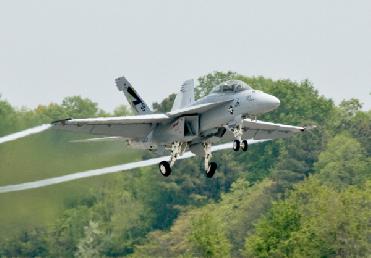
The US Navy chose Earth Day to showcase the supersonic flight of the F/A-18 Super Hornet strike fighter jet, which was powered by a 50/50 biofuel blend. A NAVAIR Photo.
ST. LOUIS (BNS): A US Navy-owned F/A-18 Super Hornet is the first supersonic aircraft with afterburners to fly on a biofuels blend.
Recntly the US Navy celebrated Earth Day by flight-testing its strike fighter powered by a biofuel blend made from the camelina plant.
The aircraft took-off from Naval Air Station Patuxent River, Md., and was powered by a sustainable biofuel blend of 50 percent camelina and 50 percent JP-5 aviation fuel.
"The alternative fuels test programme is a significant milestone in the certification and ultimate operational use of biofuels by the Navy and Marine Corps," said Secretary of the Navy Ray Mabus, according to NAVAIR news report.
The Navy noted that the F414 engine performed as expected during the 45-minute flight — and indicated “the aircraft did not know the difference between the bioblend and its traditional fuel source.”
Fuels derived from plants are considered carbon neutral. Burning them doesn't increase the net amount of carbon dioxide in the atmosphere because the carbon they contain was originally absorbed from the air as the plants grew.
NAVAIR has asked for 40,000 gallons of JP-5 jet fuel from bio-based feedstocks in a request for proposal (RFP) issued by the Defense Energy Support Center. Initial laboratory analyses and rig testing will consume 1,500 gallons; the static engine tests, 16,500 gallons; and the flight tests, 22,000 gallons. The feedstocks targeted are not used for food.
Rick Kamin, Navy fuels lead, said fuels received from the JP-5 RFP may include those made from oils produced by plants such as camelina, jatropha and algae.
"We won't know for sure what we're going to get until the procurement process is completed," he said. The contract signing is expected to take place this month, as per the report.
The Green Hornet runs on a 50/50 blend of conventional jet fuel and a biofuel that comes from camelina.
Camelina, also known as gold-of-pleasure or false flax, is in the same family as rapeseed, the source of canola oil. Often considered a weed, camelina is cultivated today for the high quality oil its seeds produce, both for human consumption and conversion to biodiesel.
The tests were the part of a larger effort to test and certify promising biofuels in support of the Navy's energy strategy to enhance energy security and environmental stewardship, including reducing greenhouse gas emissions.
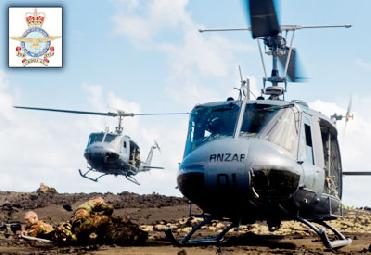 Previous Article
Previous Article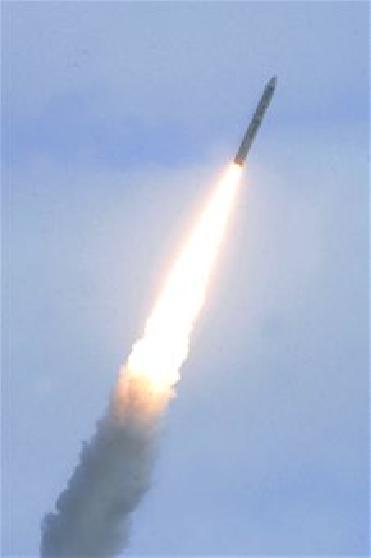 Next Article
Next Article
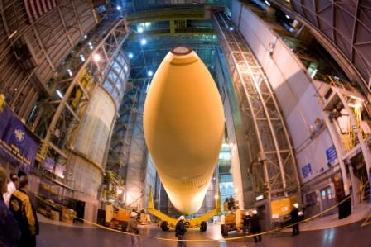






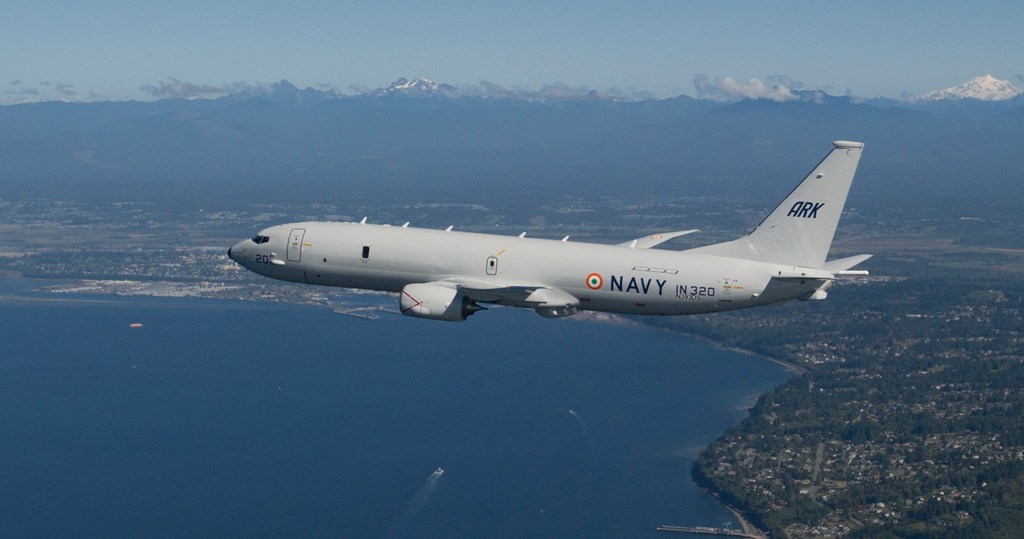





The Indian Air Force, in its flight trials evaluation report submitted before the Defence Ministry l..
view articleAn insight into the Medium Multi-Role Combat Aircraft competition...
view articleSky enthusiasts can now spot the International Space Station (ISS) commanded by Indian-American astr..
view article